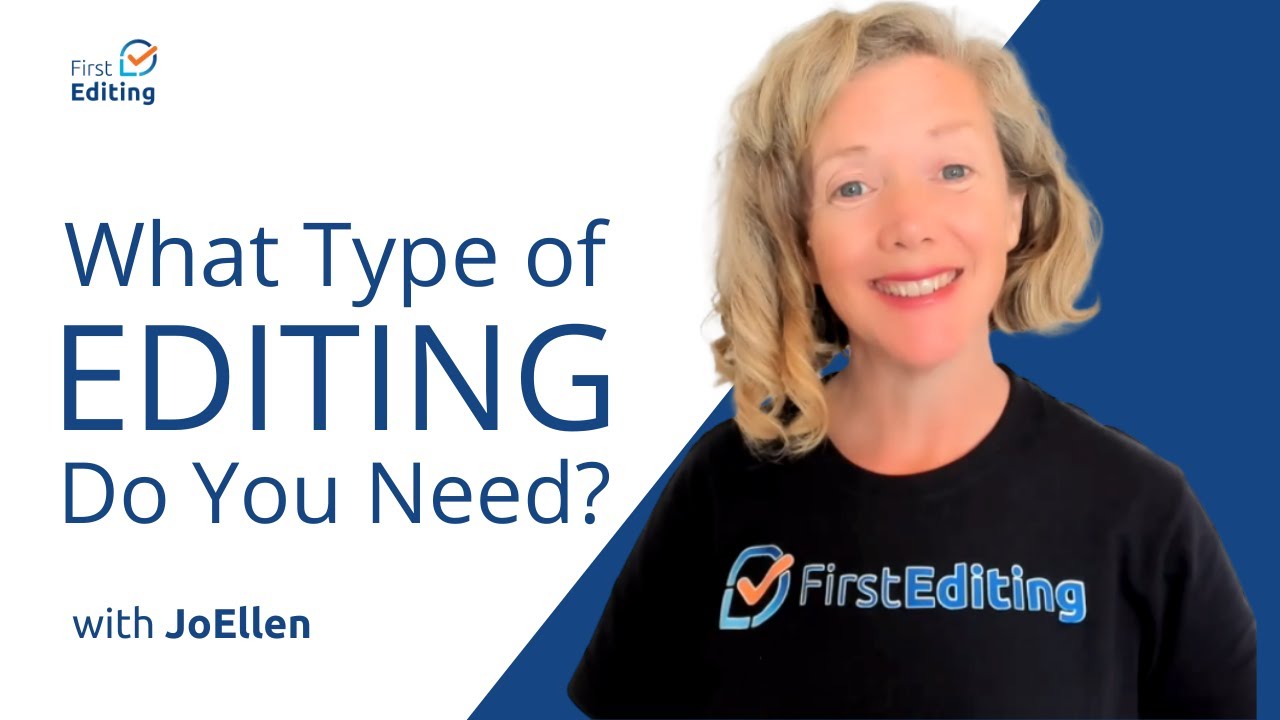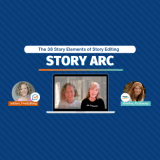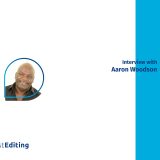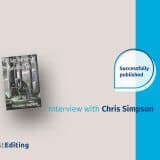
Technical writing is an umbrella term for numerous types of writing, including theses, dissertations, journal articles, reports, periodicals, even regular emails. The list goes on. But usually the author is trying to inform the audience, the writing is formal, the work non-fiction, and they follow a certain format. Everyone starts technical writing as early as elementary school, with book reports and essays. These days, most technical jobs (especially in engineering, science, and technology) involve some form of writing. From operations/training manuals to website pages to letters to clients, technical writing is in a large area. This blog will indicate the highlights of what it is all about.
As technical writing involves instructions or explanations, the writing is always formal. There is no informal, everyday speech language (i.e., I’ll, won’t, can’t). The writing style is direct and exact—it tells the audience clearly and concisely what they need to know. Assume that the audience doesn’t know anything about the subject matter (i.e., that your knowledge is greater than theirs). Justify and explain where necessary. Use the minimum amount of words possible (no wordy explanations). Your audience are busy people who want to learn the information quickly and precisely. Use the active voice—as well as being definite, this cuts down on wordiness. (A word of caution here; this is not always possible, especially for some types of document, but use where you can.)
What is Technical Writing?
Usually, reference material is involved and needs to be incorporated in some way, such as a reference list or end/footnotes, so the reader can easily find it if need be. All abbreviations must be defined so the reader knows what is in the reference.
For instructional manuals or report writing, companies and schools normally have a set template that needs to be adhered to. For schools that could be APA, MLA, or Chicago. It ensures that every paper or set of instructions are uniform and all blend. That is of particular importance for the overall image of a company.
So for technical writing, be concise, informative, formal, and maintain the same format throughout.
At FirstEditing, we can take your technical writing and ensure that it is all the things described here. We have academic editors who can transform your theses and dissertations, along with editors with marketing experience who can ensure that your sales pitch will sell your product. Just send us your work and we’ll prove it to you!
Originally posted 8/25/2010 and happily updated 10/28/2017. Thanks for reading!










